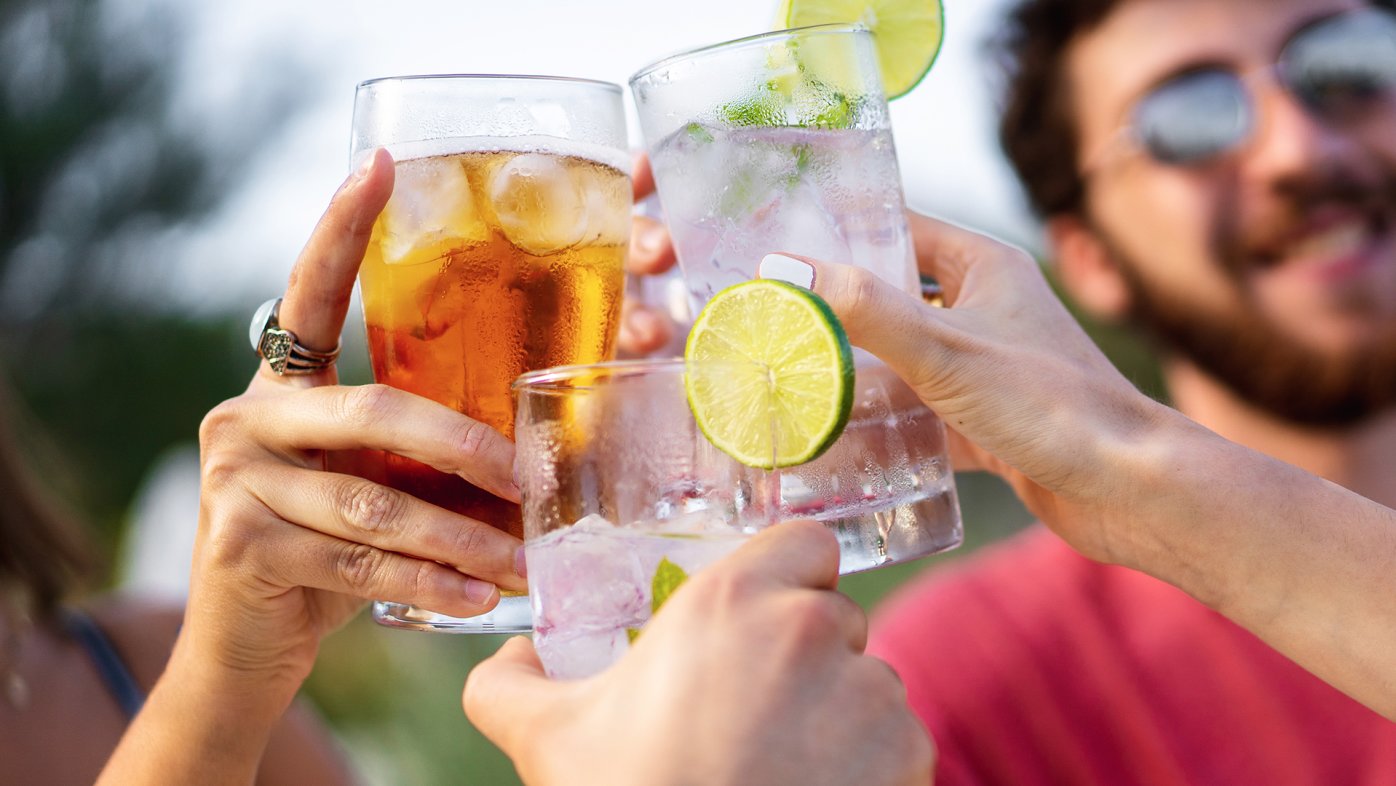
6 ways stopping drinking affects the body
From clearer skin to better sleep, skipping alcohol can improve your health in a multitude of ways.
A recent study suggests that the next time you use a plastic container to zap leftovers in the microwave, you may want to consider what heated plastic does to your food. And, more importantly, what that food is doing to your body.
The problem with plastic is that it’s not all the same. The term plastic refers to a range of materials, with substances added to shape or stabilize it. The two most common stabilizers are:
Bisphenol A (BPA): Used to make plastic harder
Phthalates: Used to make plastic stronger and more flexible
These substances matter because BPA, and some phthalates, are considered endocrine disruptors, which mimic or block natural hormones in the body.
“It’s important to avoid substances that interfere with hormones,” says Dr. Neelima Chu, a board-certified endocrinologist and internal medicine doctor with Sharp Rees-Stealy. “These substances can lead to infertility; thyroid disease; early puberty; leukemia; breast, uterine and prostate cancers; neurobehavioral issues; obesity; and metabolic dysfunction.”
The study found that phthalates may contribute to over 100,000 premature deaths a year. People with the highest levels of phthalates had a greater risk of death from any cause, especially cardiovascular mortality.
So is it time to toss your plastic storage collection? Not necessarily. While all the above sounds a bit scary, consider the following:
The FDA regulates plastic. The FDA makes certain determinations when it comes to plastic, such as how much of a chemical you can consume during your lifetime with little to no risk. While this doesn’t necessarily prevent some substances from being included in plastic, it ensures the amounts are within an estimated safe range.
There are good plastics and bad plastics. Some plastic materials are safer than others. You’ll want to avoid BPA entirely, and check the recycling symbol marked on the bottom. In general, avoid plastics with the numbers 1, 3, 6 or 7 on them. Safer options will be labeled 2, 4 and 5.
It’s a bad idea to heat food in plastic. According to the World Health Organization (WHO), microwaving food is generally safe. However, microwaving in plastic containers is associated with increased leaching — the transfer or leaking of chemicals into food. Note that even if a plastic container is labeled “microwave safe,” that simply means it won’t melt.
Store safe, heat safe, eat safe
To keep your food safe, whether you’re heating it or not, consider these general rules:
Choose phthalate-free and BPA-free products.
In the microwave, heat food in glass or microwave-safe porcelain.
Use paper towels, not plastic to cover food. Condensation from plastic lids could contain phthalates.
Avoid storing food in disposable plastics. Use glass, stainless steel, ceramic or wood to hold and store foods.
Throw away old plastic, as there is more leaching if it is older or cracked.
Avoid reusing plastic water bottles or takeout containers.
Do not keep water bottles near heat or in the hot sun.
Avoid placing hot liquids or foods in plastics.
Avoid freezing plastic containers, then thawing them in microwaves.
Read recycling symbols on plastic containers, and steer clear of those marked 1, 3, 6 or 7.
If you’ve been storing and heating food in plastic for years, don’t panic. The truth is these chemicals are around us all the time. From vinyl flooring to nail polish, we’ll never truly escape them. “These chemicals are everywhere, so we’ll be faced with them in our lifetime,” Dr. Chu says. “However, it’s never too late to make healthy changes, and decrease the amount of exposure.”
Our weekly email brings you the latest health tips, recipes and stories.